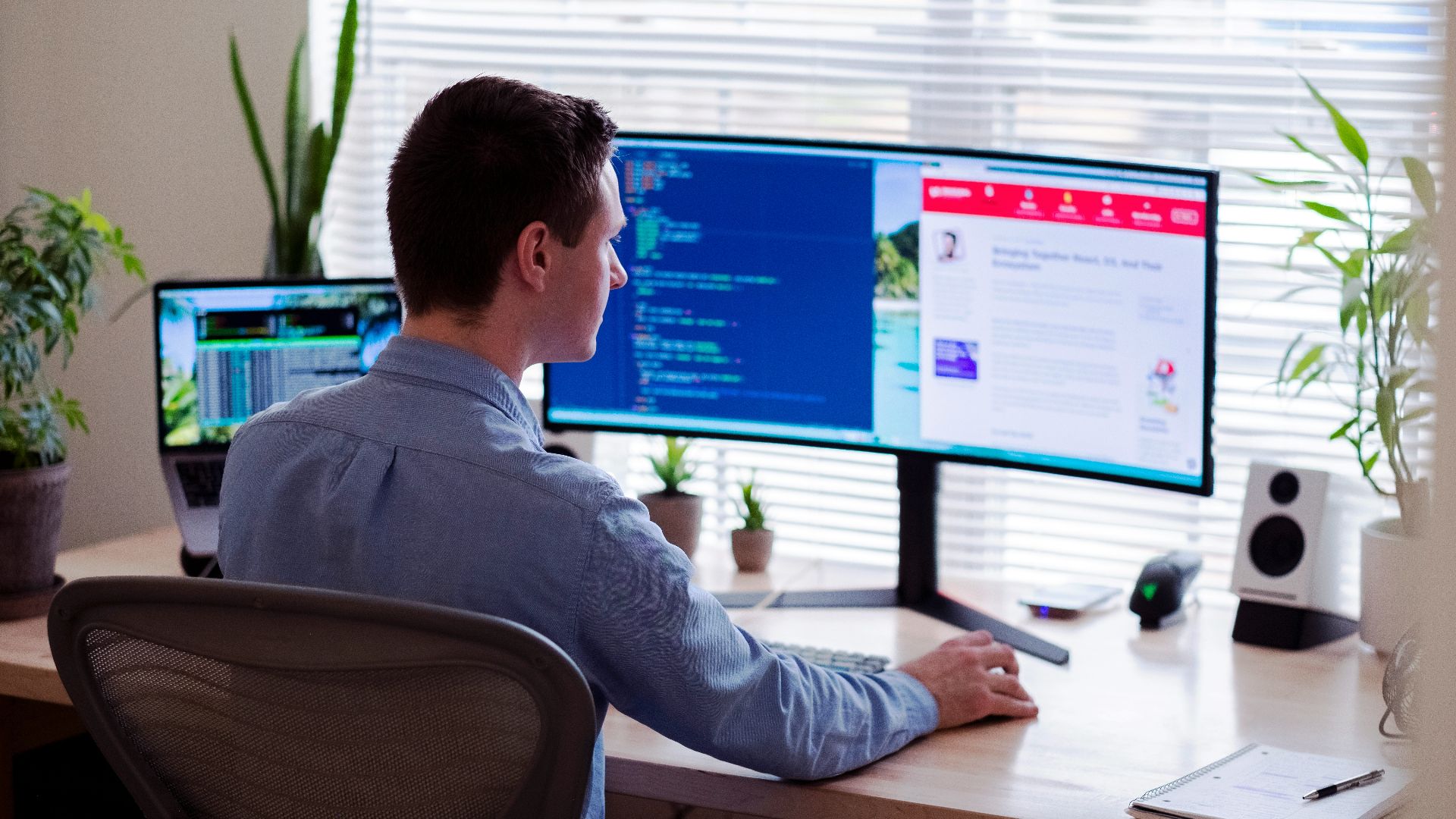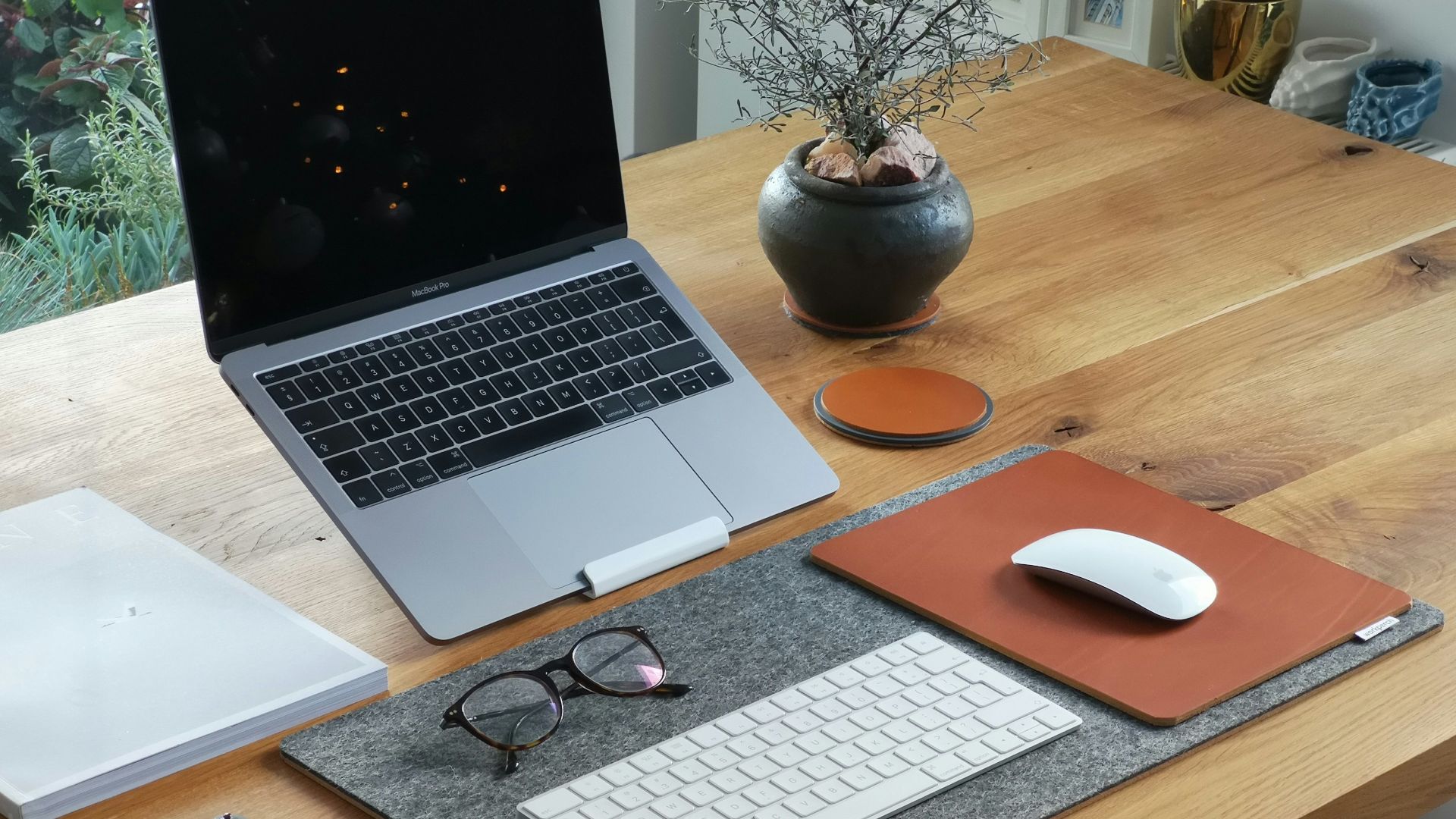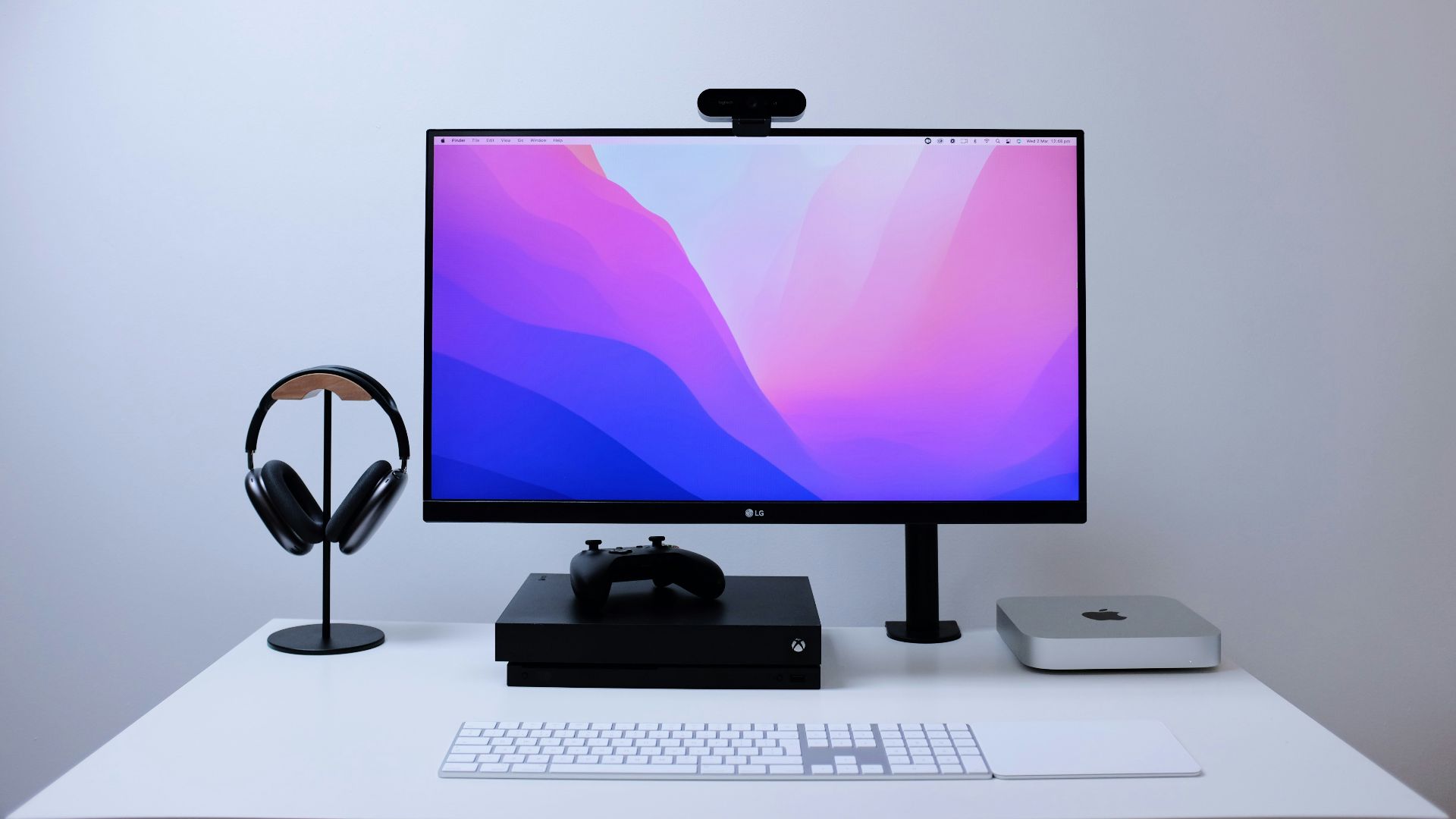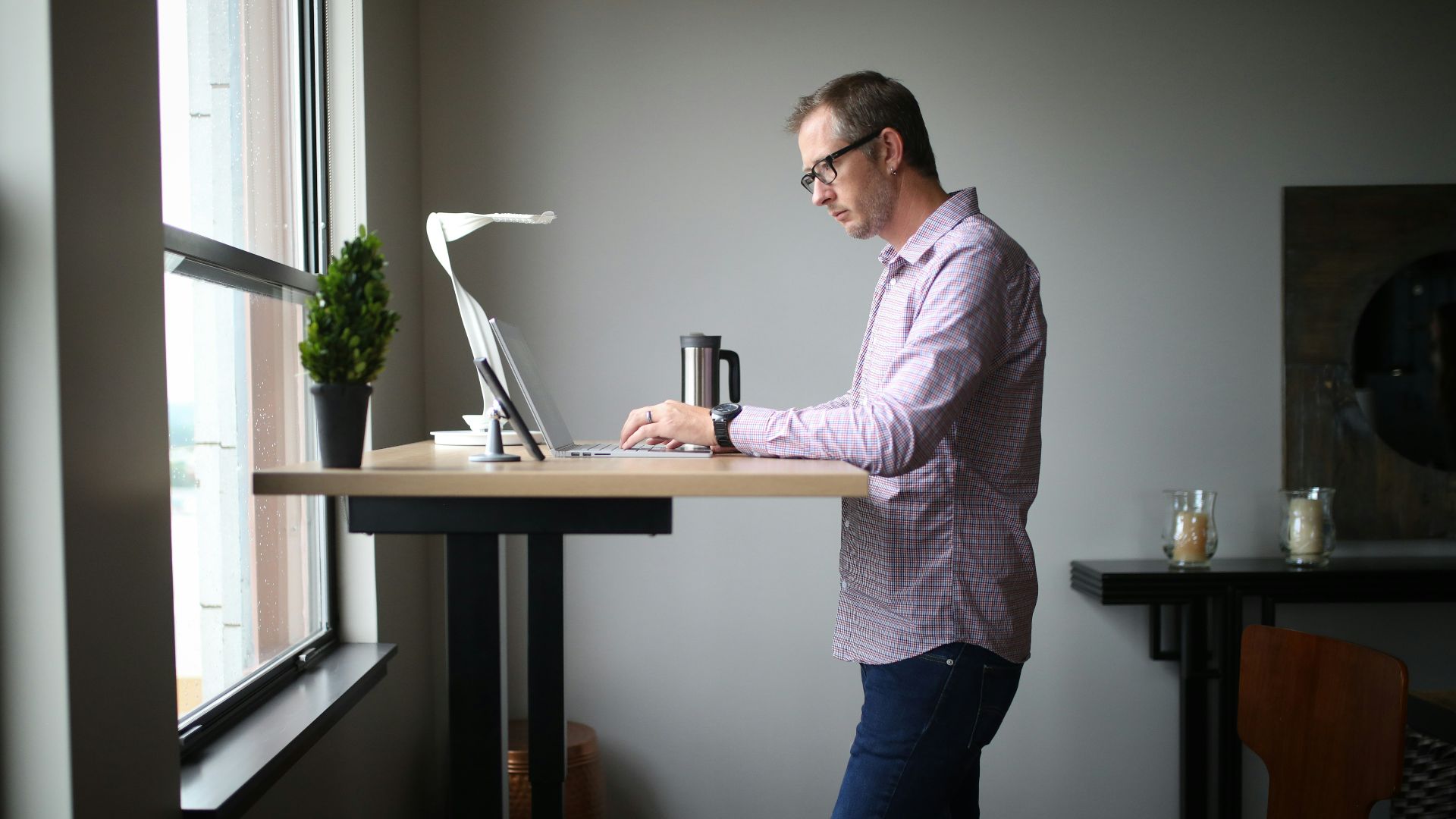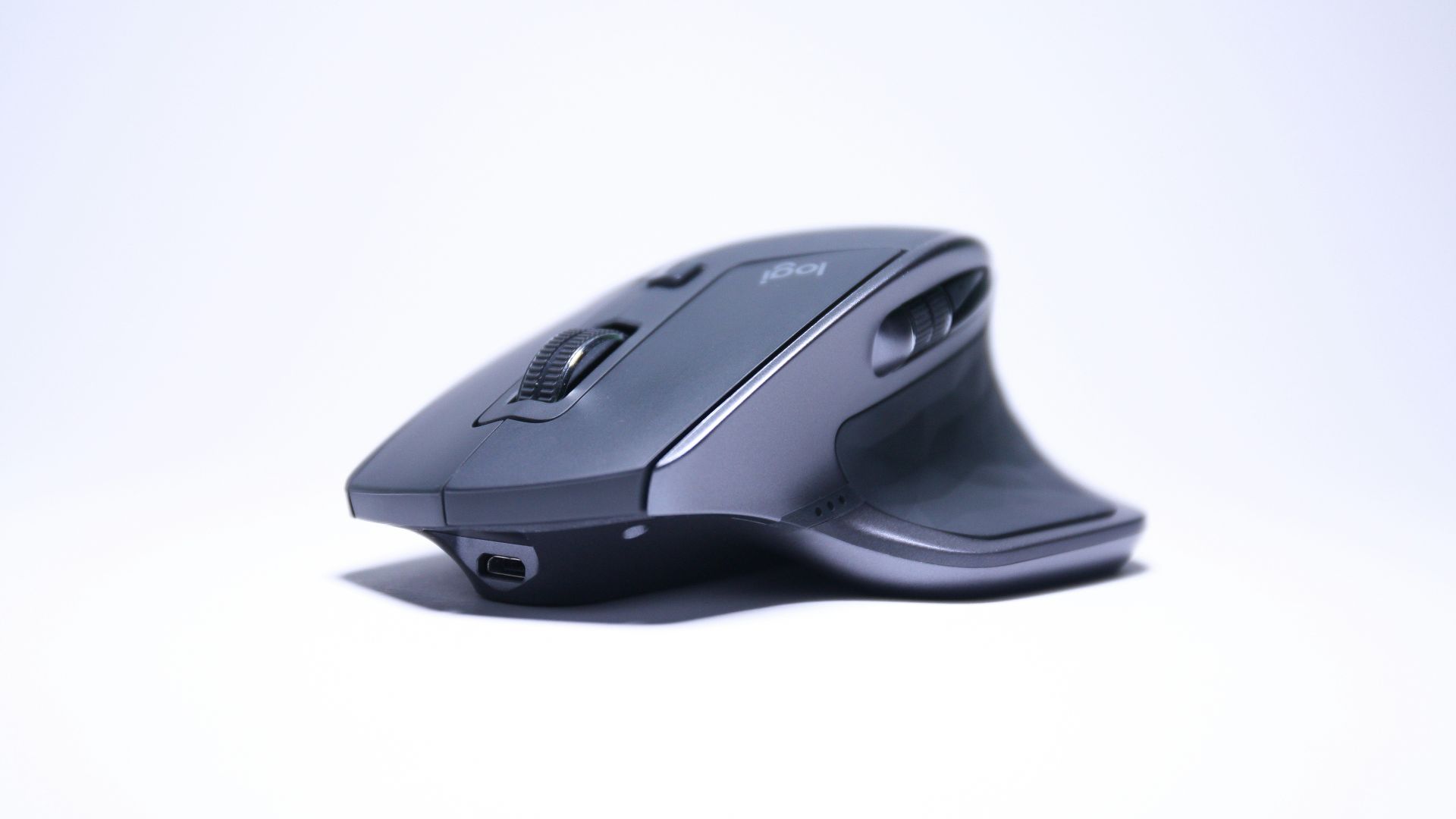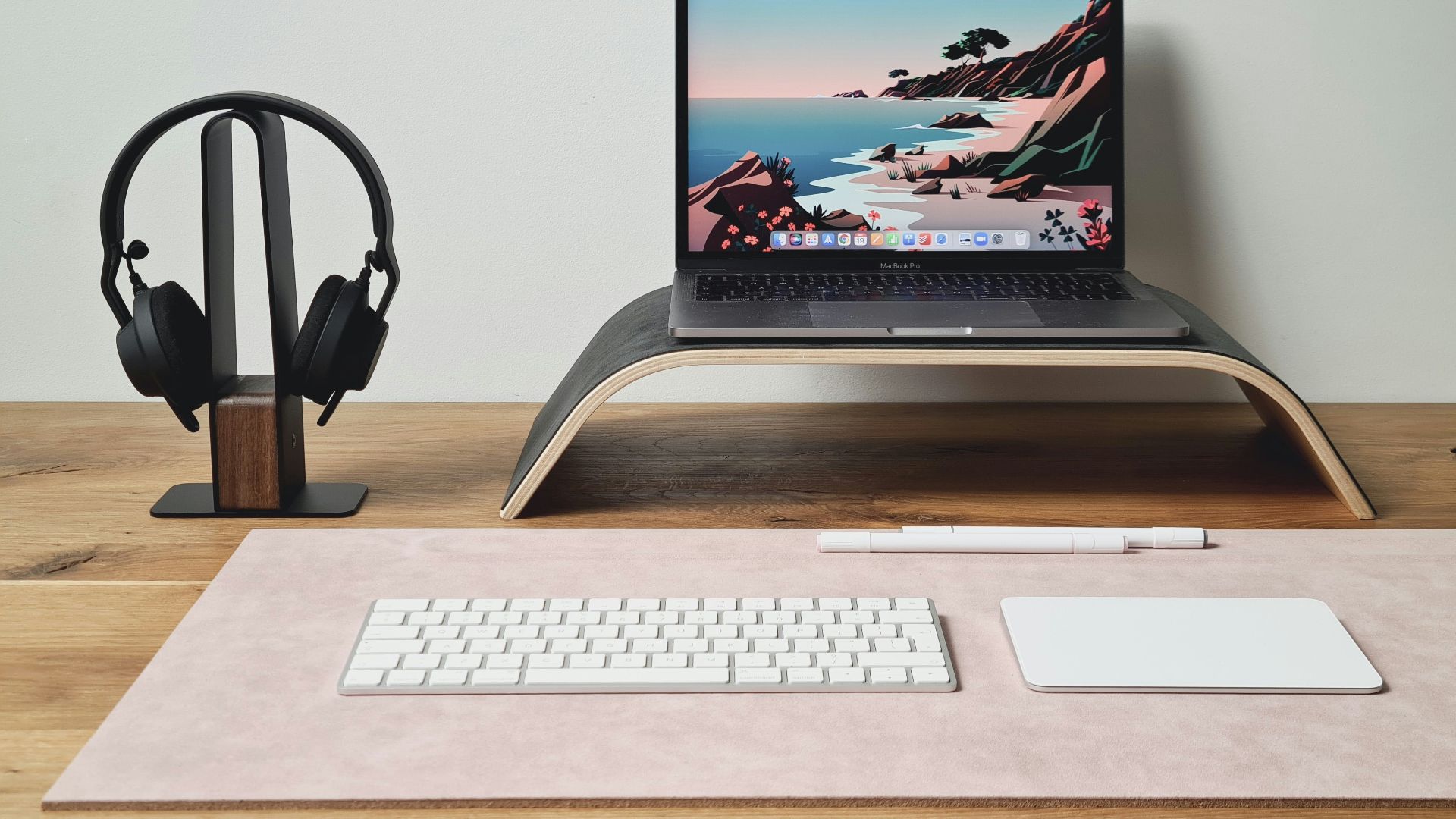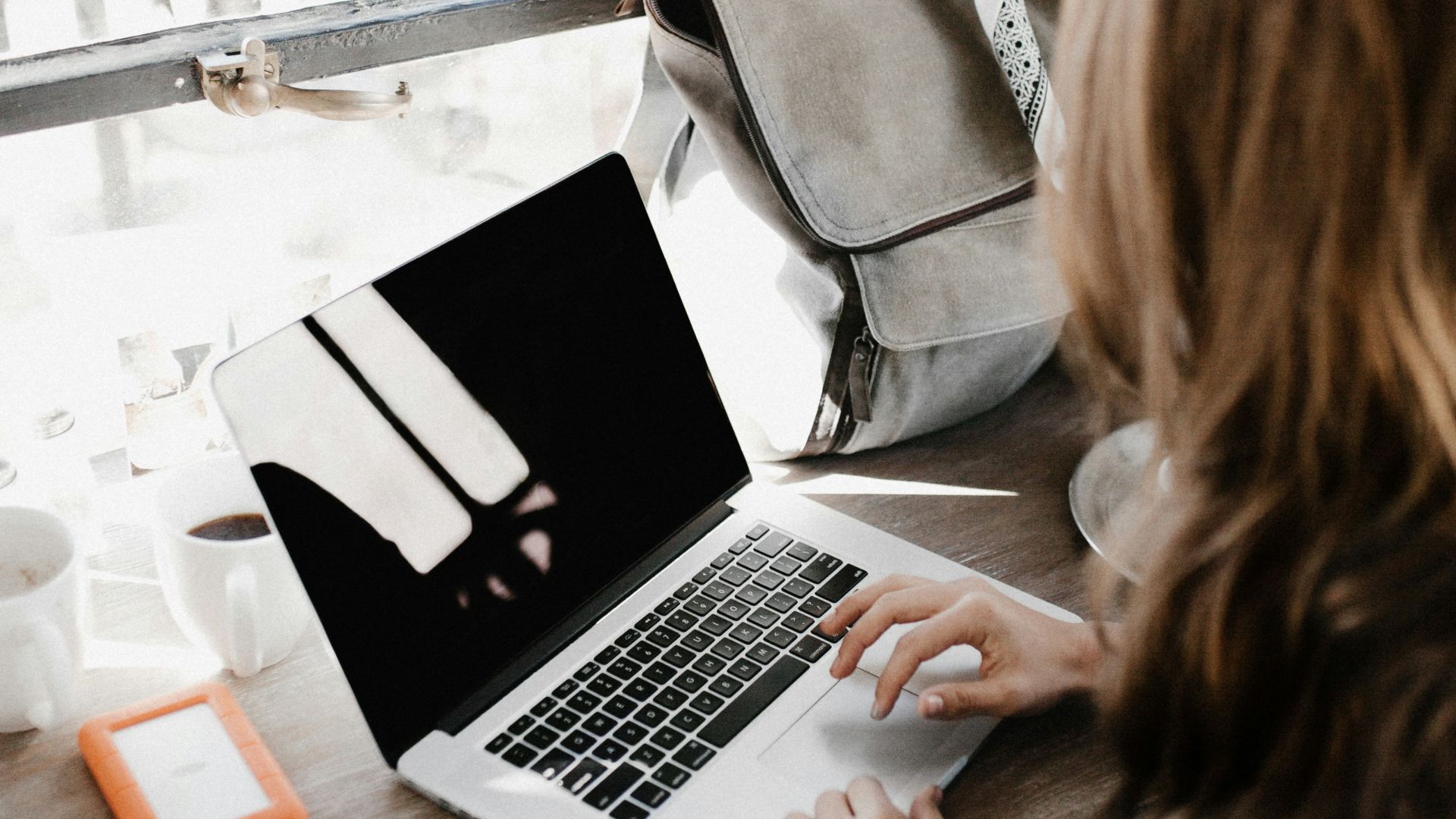How to Create an Ergonomic Workspace
Now that most of us have a choice to go remote, creating a comfortable workspace is essential for boosting productivity and efficiency. But what items should you invest in, and do ergonomic options really make a difference in improving our posture and health? We say yes—but the choice is yours to make. Read on to discover 20 ergonomic items to get for your home office.
1. Ergonomic Chair
A comfortable chair is one of the most important investments when creating an ergonomic workspace. But what is an ergonomic chair? Unlike regular desk chairs, which often have fixed heights and don't follow the contour of the body, ergonomic chairs offer both of these features along with head and armrests. Their overall functionality makes them better suited for those who sit long hours at their desks.
2. Keyboard
Ergonomic keyboards are designed to fit you and your needs. They typically can be split in half for flexibility, and often include a resting space for your hands and wrists to reduce fatigue and strain. They may also come in different shapes and sizes to better accommodate different types of users.
3. Laptop Stand
To prevent slouching and neck strain, laptop stands are designed to prop your computer up to a level that's more comfortable for you to see. Having the screen at eye level helps promote better posture, reducing muscle tension on your shoulders and upper back.
4. Monitor Arm
If you have a monitor instead of a laptop, get a monitor arm. These arms, like laptop stands, also help to reduce muscle strain and fatigue. They can also be adjusted for optimal comfort, as they can tilt, swivel, and be pulled closer or farther, upwards or down.
5. Standing Desk
Sometimes, it's better to work standing than to sit for all hours of the day. That's where standing desks come in; these specialized desks are designed to be at a comfortable height that suits you. You can then set your other ergonomic items on top, like keyboards, stands, and more.
6. LED Lamp
Though it's best to set up your office where you can soak in the sunlight during the day, it's also worth it to get an LED desk lamp. LED lamps are more energy-efficient than fluorescent lighting, and since they can mimic natural light, they can help reduce eye strain and brighten up your workspace.
7. Ergonomic Mouse
Ergonomic mice, like ergonomic keyboards, are designed to fit the user's needs. They're often shaped much differently than regular mice to promote better comfort and provide a more natural fit, preventing pain in your wrists and conditions like carpal tunnel syndrome.
8. Mouse Pad
Don't stop at just getting an ergonomic mouse—mouse pads are also necessary. These pads not only provide smoother movement for your mouse but allow you to comfortably prop your wrists and hands rather than resting them on a flat desk.
9. Desk Organizer
If you find you often have pens, notes, or clips scattered around your desk, it might be worth looking into getting a desk organizer. This will help declutter your space, creating a tidier environment which can boost productivity and concentration.
10. Desk Mat
A desk mat can provide additional comfort for your forearms and wrists. Its surface can also keep everything from your keyboard to mouse pad in one place, while also protecting your desk from scratches or spills. Some desk mats may even come with built-in functionalities, like wireless charging pads for phones and accessories.
11. Footrest or Anti-Fatigue Mat
Footrests are also important to prevent tension and strain due to poor posture. They can usually be adjusted to provide optimal support, meaning they can move forwards, backwards, up, and down. If you have a standing desk instead, get an anti-fatigue mat. These cushioned pads make it more comfortable to stand for prolonged periods.
12. Seat Cushion
To increase the comfort of your desk chair, invest in a seat cushion. These often come in firm, medium-firm, or soft-gel, depending on what your body needs. They can also add a bit of height, which allows your legs to stretch and may bring your monitor screens closer to eye level.
13. Anti-Glare Screen Film
Staring at a screen all day isn't great for your eyes. Not only can blue light cause fatigue, strain, and dry eyes, the glare from your screens can also cause headaches and general discomfort. Getting an anti-glare screen protector is a great way to protect your eyes.
14. Lumbar Pillow
A lumbar pillow helps support your lower back, allowing your spine to maintain its neutral curve and position. Because it cushions the gap between you and the surface you're resting against, it also promotes better posture, which reduces aches and pains.
15. Cable Tray
In addition to a desk organizer, cable trays can keep all your wires and cables in place, which is especially useful if you connect many external devices to your monitor or laptop. These trays also help keep your important cables off the floor, where they might collect dust or get damaged.
16. Blue Light Glasses
If you're prone to eye strain, fatigue, or dry eyes, consider investing in a pair of blue light glasses. These glasses effectively block or reduce the amount of harmful light from reaching your eyes, and may also help promote better sleep-wake cycles and patterns.
17. Noise-Cancelling Headphones
Noise-cancelling headphones filter out outside noise, which may cause distractions, allowing you to better concentrate at your desk. They're also an essential accessory for those who have regular meetings—or for those who like listening to music while they work.
 micaelabustamantefg on Pixabay
micaelabustamantefg on Pixabay
18. Air Purifier & Humidifier
Getting an air purifier or humidifier for your workspace can improve air quality, which may help prevent allergies, colds, or dry throats. During winter, humidifiers could also make your office feel slightly warmer, creating a more comfortable environment.
19. Drawer Organizer
Keeping your desk surface organized is one thing, but it's another to have all your items neatly arranged in their drawers. Office accessories like files, calculators, staplers, pens, pencils, and paper can quickly pile up and create a mess. To prevent this, get an organizer tray to place in your drawers so everything stays tidy.
20. Dual Monitors
Dual monitors are a must if your work involves constantly looking at screens. Having two monitors can increase productivity and efficiency, as they allow you to multitask and switch seamlessly between both. Investing in bigger screens instead of relying on a laptop may also help reduce eye strain.


